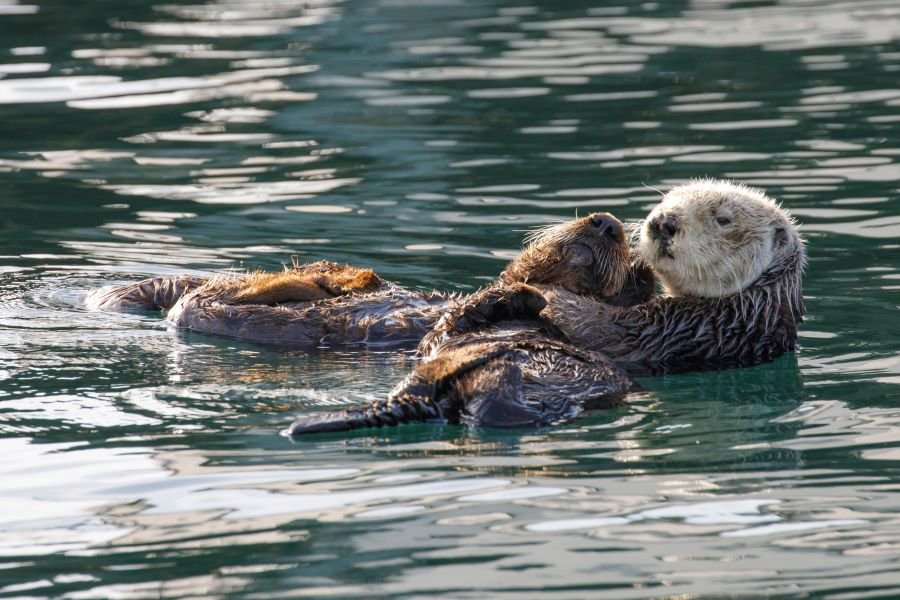The Native California Wildlife Rehabilitation Voluntary Tax Contribution Fund (Line 439 on Tax Form 540) helps sick, injured and orphaned wildlife by supporting permitted wildlife rehabilitation facilities through a new CDFW grants program.
Make A Donation To Help Out State’s Wildlife
California Outdoors 03-29-23





